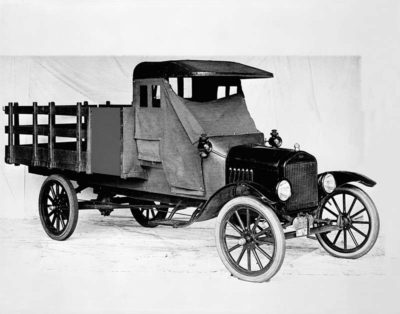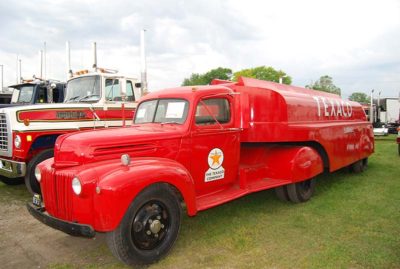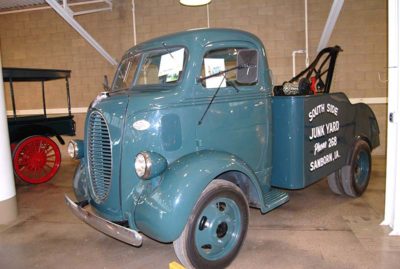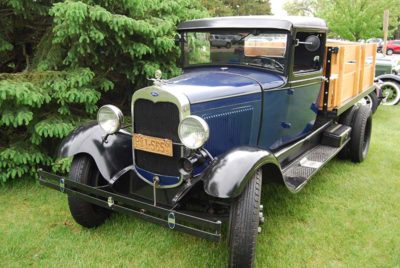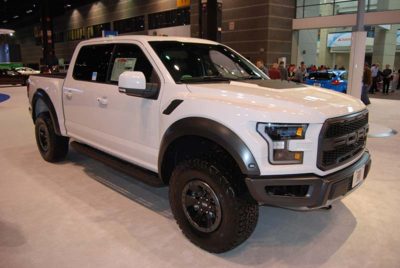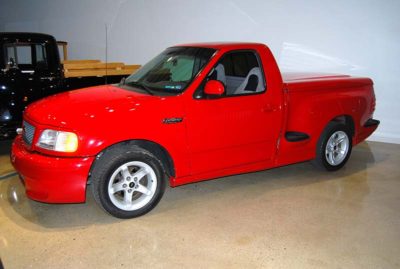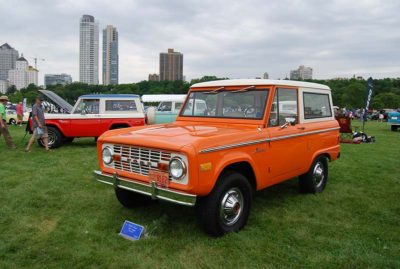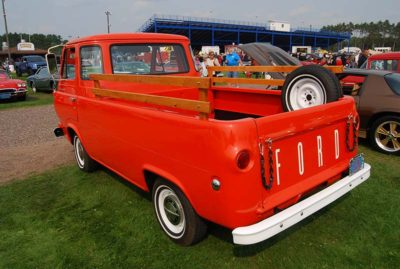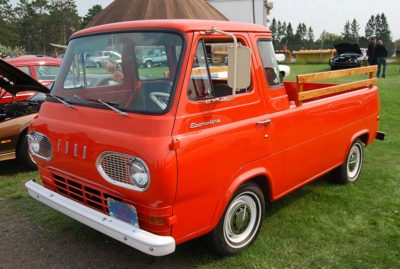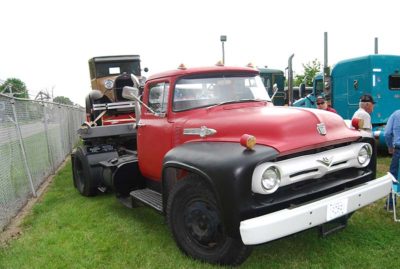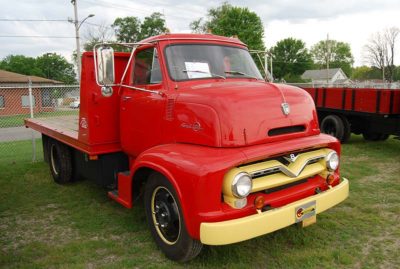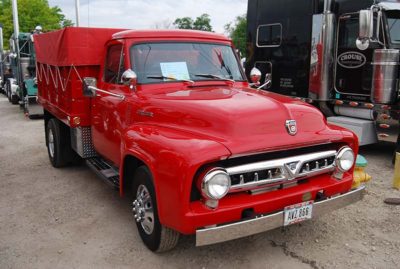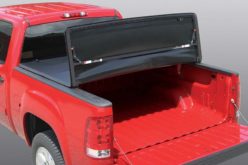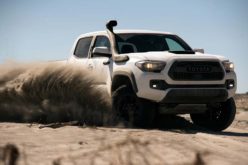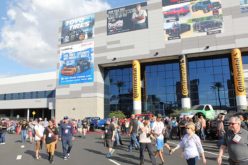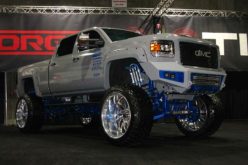Ford Starts Second Century of Truck Making in 2018
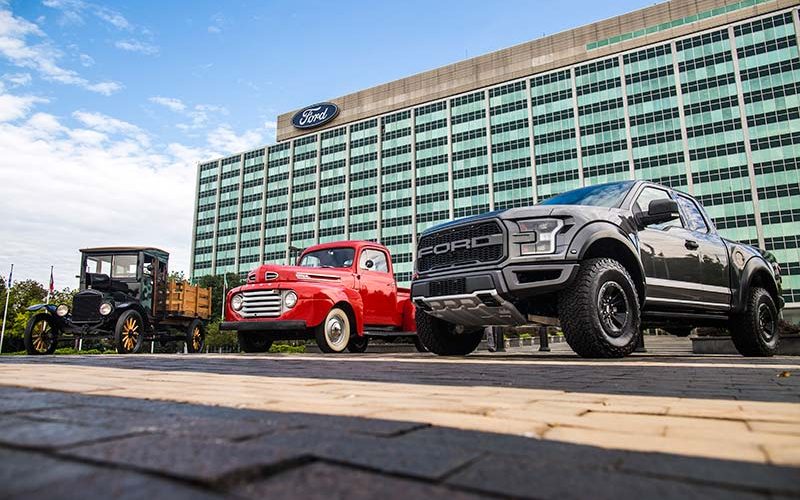
The first Henry Ford-designed truck was sold to a company named Newcomb, Endicott & Co. on Jan. 12, 1900. However, the vehicle was not a Ford product. The 1,250-lb. Delivery Wagon was priced at $1,000 and built by the Detroit Automobile Co., for which Ford worked as an engineer.
Some early Fords carried “aftermarket” commercial truck bodies and “Ford Delivery Cars” were produced on the Model C, Model E and Model T chassis. But the first “real” Ford truck arrived years later. This 1-ton Model TT truck made its debut in 1917, the year that Model Ts switched from brass radiators to black radiators.
The Model TT was essentially a big Model T with a lengthened chassis, lower gearing and a worm-type rear axle. TTs had open cabs and, on the earliest versions, solid-rubber tires. The TT was launched with an introductory price of $600, but would sell for as low as $325 in 1926.
By 1923, the Ford truck adopted pneumatic rear tires and, by 1924, an enclosed cab and balloon style tires were introduced. Over a million Model TT trucks were sold in 10 years, and TT sales represented 51 percent of the total market for trucks in America by 1926. Ford’s competitor – Chevrolet – had less than two percent of the market!
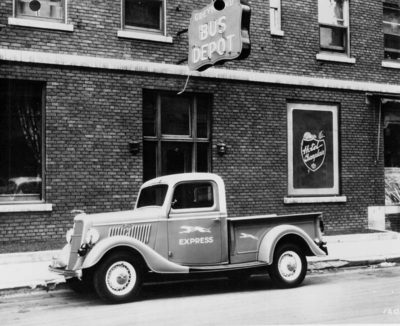
Ford factory-built line of trucks was expanded in 1928, when the Model A debuted. Added to the catalog was a Delivery Car and Ford’s first real panel delivery truck. In addition to the half-ton Model A chassis, buyers could get the new Ford as a closed-cab pickup, an open-cab pickup, a canopy delivery, a screen-side delivery, a panel truck or a sedan delivery. In 1931, a natural wood panel called the Special Panel and a drop-floor panel delivery were added. There were a few oddities beyond the regular models, such as a special high-side Deluxe Pickup that was rare when new and a fancy Town Car Delivery truck with an open chauffeur’s compartment and crystal-glass sidelights.
Ford complemented the small Model A trucks with a larger Model AA 1-1/2-ton series with the same basic power train, but a longer chassis, heavier springs, worm-drive axles, heftier wheels and so on. By 1929, the AA switched to a spiral bevel rear axle, a four-speed transmission and steel disc wheels. Dual rear wheels were then made available as optional equipment. In 1931, the Model AA cab was nicely updated and the rear suspension was improved. A 13-ft. long-wheelbase version was added.
By 1930, Ford Motor Co. was selling something in the neighbourhood of 200,000 trucks per year, making it far and away the largest producer of commercial vehicles in the world. The big news for 1932 wasn’t a new model, but the debut of a soon-to-be-legendary power plant — the Ford flathead V8. However, it wasn’t available on commercial vehicles until late in the model year and most 1932 Ford trucks had a four-cylinder engine.
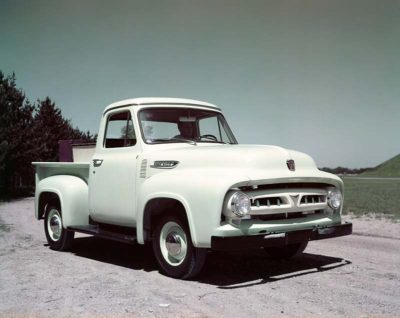
In 1948, the F-1 was Ford’s first postwar vehicle. Handsome styling made it a standout from the start. In 1953, Ford stylists topped themselves with the beautiful F-100 series. Here was a truck anyone would be proud to park in front of his or her house. The 1953-1956 Ford F-100s are among the most desirable pickups ever produced.
In 1957, F-100 styling changed. The new models were attractive, but some said they lacked the classic beauty of their predecessors. Good news for the year was the introduction of Ranchero. This unique vehicle was like nothing else on the road. It combined passenger car styling and interior appointments with pickup truck practicality. It would be two years before Chevrolet could catch up and offer a competitive model.
The year 1961 saw the introduction of the Econoline van. This was one of the most significant vehicles of the postwar era. Not only did it have 39 percent more load space than a conventional 1/2-ton panel truck, but it was also easier to manoeuvre and could go almost twice as far on a gallon of gasoline.
Over 600 truck models were offered by Ford in 1962. In 1963, light-duty models got a new grille. A diesel engine was available in some larger F-Series trucks. By 1965, model-year production was 391,524 including the Falcon Ranchero, and sedan delivery, the Econoline Bus and Station Bus, the F-Series and P-series parcel delivery van.
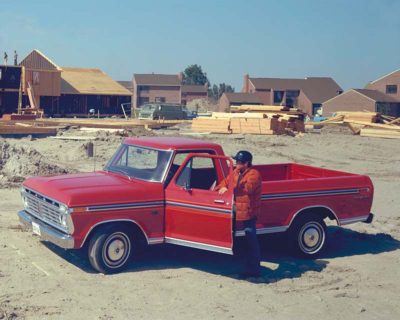
Ford built 626,585 trucks in 1970. A new Explorer Special option featuring Shetland plaid upholstery was introduced. An automatic choke became standard on light trucks. F-100s had fibreglass-belted tires. Other new features for F-100s included a simulated vinyl cab roof and optional sliding rear cab window. The company offered over 1,300 separate models including medium- and heavy-duty trucks during 1970.
Ford dealers delivered a record 735,370 trucks to customers in 1971. The Econoline/Club Wagon received new front-ends, optional power steering and high-capacity air conditioning. Rancheros had a new front end. Ford’s North American truck sales totalled 795,987 units in 1972, a new record, and calendar-year production topped that of Chevrolet. A Super Camper Special arrived in 1973. The Supercab pickup was introduced in 1974 when Ford’s sales total of 886,708 beat Chevrolet’s 885,362.
By the mid-1970s, vans had evolved from work vehicles into play machines for the young and Ford was first to offer a van especially for this market. The 1976 Cruising Van came customized from the factory. About the same time, Ford truck introduced the Bronco. The Gen 1 Bronco was rather Spartan, but when the Gen 2 Bronco came along in 1978, it was one of the more opulent vehicles Ford sold. It was based on the F-series pickup and the closest many would get to off road use was driving in inclement weather.
By 1978, the Ford F-100 became the best-selling truck in the country. It repeated that achievement year after year. At the time of Ford’s 70th anniversary of light-truck manufacturing, the F-Series was the best-selling vehicle in North America. That year, the mildly restyled F-Series boasted the first anti-lock brake system on a light truck.
The year 1980 marked the first time since 1957 that Ford did not offer the Ranchero. Light-duty truck sales were down 31 percent and reflected the buying public’s concern over rising gas prices, soaring interest rates and a generally weak economy.
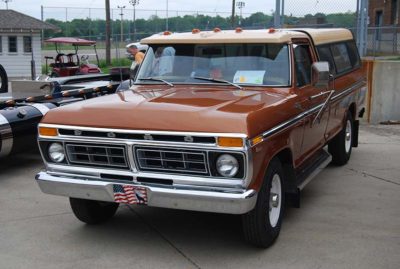
During 1982, Ford continued to outsell Chevrolet in six segments of the truck market, but Chevy’s new S-10 Pickup and S-10 Blazer pushed its business back into the top sales rank for the first time in six years. The downsized Ranger pickup made its official debut in March 1982 as an early 1983 model and Ford regained its traditional first in sales rank back from Chevy. Total sales for the year were 991,958 units and F-series Pickups alone came to 453,108 units.
Chrysler invented the minivan in 1984 and by December 1984 Ford was planning to go into production with a new Aerostar Minivan made at a plant in St. Louis, Mo. Unfortunately, technical delays held up the launch of the Aerostar and cost the company the top sales rank in the industry for 1985. It was introduced in the summer of 1985 as a 1986 model. The new model proved popular and Ford’s calendar-year sales hit a record high of 1,381,438 trucks, giving Ford back the first rank on U.S. sales charts.
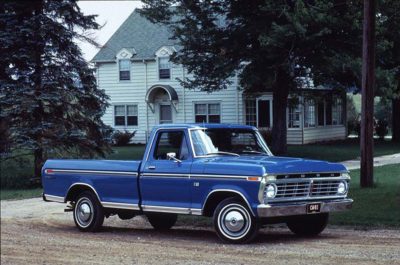
Early in 2002, Ford Div. took more IntelliChoice awards for full-size trucks than any competitor. It won seven “Best Overall Value of the Year Awards.” A new Ranger FX4 model also bowed that year. Ford said that it was designed to appeal to Ranger XLT Extended Cab buyers who wanted to do some serious off-roading.
While the Gen11 F-Series boasted some structural changes, this generation also saw the introduction of the Triton engine. More appearance changes came for the Gen 12 F-Series trucks which offered improved strength and comfort. A V8 engine became standard in all F-Series trucks and a new six-speed automatic transmission was offered.
In 2010, Ford unveiled its first truck created for off-road racing. The F-150 SVT Raptor came with Fox Racing shocks, upgraded suspension, wider fenders, higher ride height, 35-inch all-terrain tires and an updated stability-control system. The SVT Raptor was a beast designed for desert racing and trail riding. With the initial model sporting a 5.4L V8 with 310 hp, the engine was upgraded to a 6.2L with 400 hp a year later.
Ford began offering a more fuel efficient, yet powerful, 3.5L direct-injected twin-turbo EcoBoost V6 engine for the standard F-150 in 2011. This engine was only available with an automatic transmission and quickly earned high ratings.
Beginning in 2015 and still in production, the Gen13 F-Series trucks received several updates, including a new military-grade aluminum-alloy F-150 body. By using aluminum, Ford removed 700 lbs. of weight. The Super Duty truck lineup received the same aluminum-based bodies for the Ford truck’s 100th anniversary in 2017. The Gen2 Ford F-150 Raptor could be had with a 450-hp EcoBoost V6 and 10-speed automatic transmission. The 2017 F-150 was honoured as best-selling truck for the last four decades.




